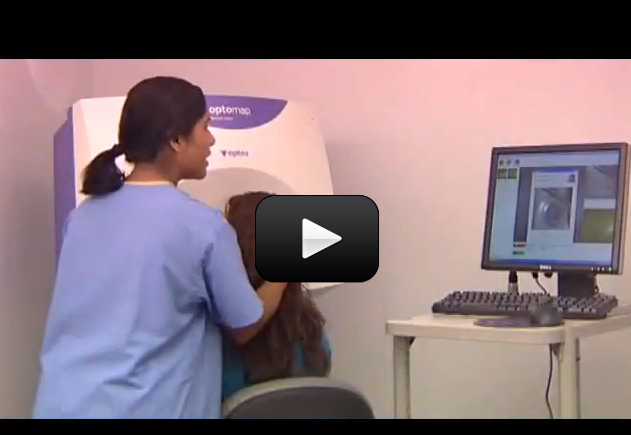Do you or someone you know where glasses or contact lenses. Glasses and contacts are used to correct vision problems. The two most common eye problems are myopia and hyperopia, and each is fixed a different way.
Myopia is sometimes called nearsightedness. About one third of people have this problem. Myopia happens when the eye is too long. With eye too long, images seen are focused a little bit in front of the retina, instead of on the retina as they would be in a normal eye. People with myopia can see nearby objects clearly. Objects that are far away, however, look blurry. This can be corrected with a concave lens on glasses or contacts. “Concave” means that the lens curves inward, like the inside of a bowl. The concave lens helps focus light on the retina instead of in front of it, correcting the problem.
Hyperopia, which is also called farsightedness, affects about one fourth of people, is pretty much the opposite of myopia. In this disorder, the eye is too short, so images become focused behind the retina. As a result, people with hyperopia can see things clearly when they are far away, but not when they are close up. To correct hyperopia, a convex lens, which is a lens that curves out, like the outside of a bowl, is used in glasses or contacts.
Here’s a video that shows some of the latest technology in eye exams and what optometrists diseases can detect early on:
Some people suffer from both myopia and hyperopia. How can this be? It doesn’t seem possible that the eye could be too long and too short. The answer lies in the lens of your eye. You can think of the lens like a trampoline. As you jump up and down on the trampoline, it moves closer or further from the ground. The lens does a similar thing when you look at things closer together or further away. This makes the overall shape of the eye change slightly. As your trampoline gets older, the springs may begin to wear down, and it may become harder for the trampoline to move. The same thing happens with the lens in your eyes. As a result, many older people develop hyperopia. If these people already had myopia, they will need a lens that has both a concave and convex part. Bifocals are glasses that have these two parts.

